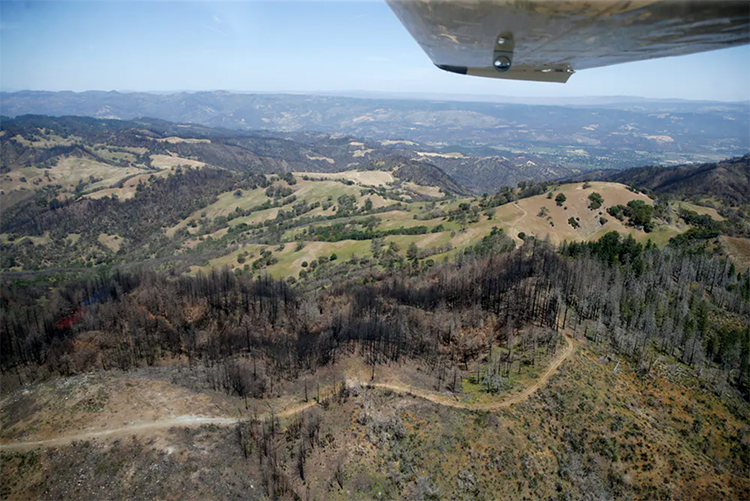Bill Cotton explains how wildfire burn scars can intensify and even create thunderstorms
Professor Emeritus Bill Cotton wrote this piece for The Conversation. Colorado State University is a contributing institution to The Conversation, an independent collaboration between editors and academics that provides informed news analysis and commentary to the general public.
Wildfires burn millions of acres of land every year, leaving changed landscapes that are prone to flooding. Less well known is that these already vulnerable regions can also intensify and in some cases initiate thunderstorms.
Wildfire burn scars are often left with little vegetation and with a darker soil surface that tends to repel rather than absorb water. These changes in vegetation and soil properties leave the land more susceptible to flooding and erosion, so less rainfall is necessary to produce a devastating flood and debris flow than in an undisturbed environment.
Burn scars can also initiate or invigorate thunderstorms, raising the risk both of flooding and of lightning that could spark more fires in surrounding areas, as my research with fellow atmospheric scientist Elizabeth Page has shown.
Read the full article, “Wildfire burn scars can intensify and even create thunderstorms that lead to catastrophic flooding – here’s how it works.”
Photo at top: Burn scars from California wine country’s 2019 Kincade Fire are still evident in 2021.
Jane Tyska/Digital First Media/East Bay Times via Getty Images



